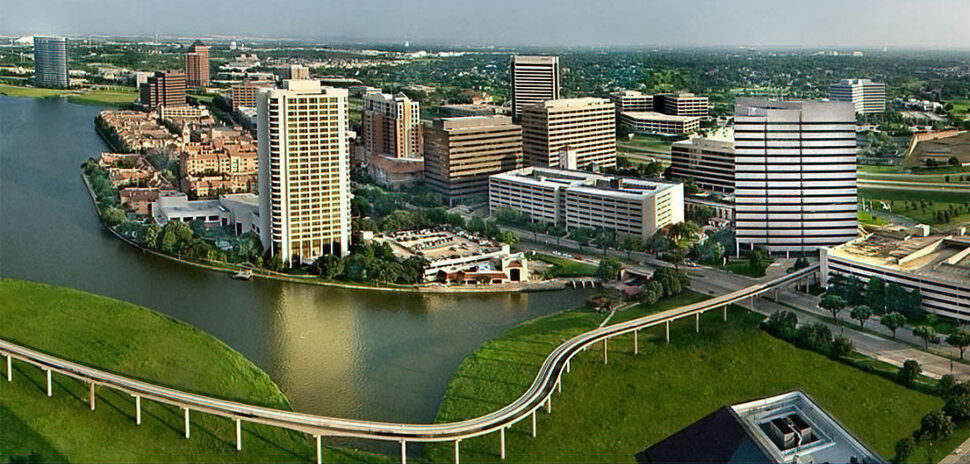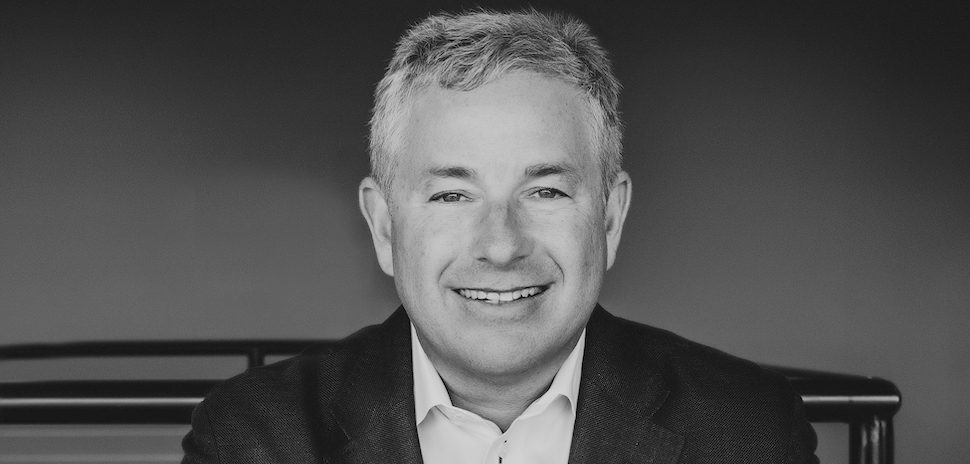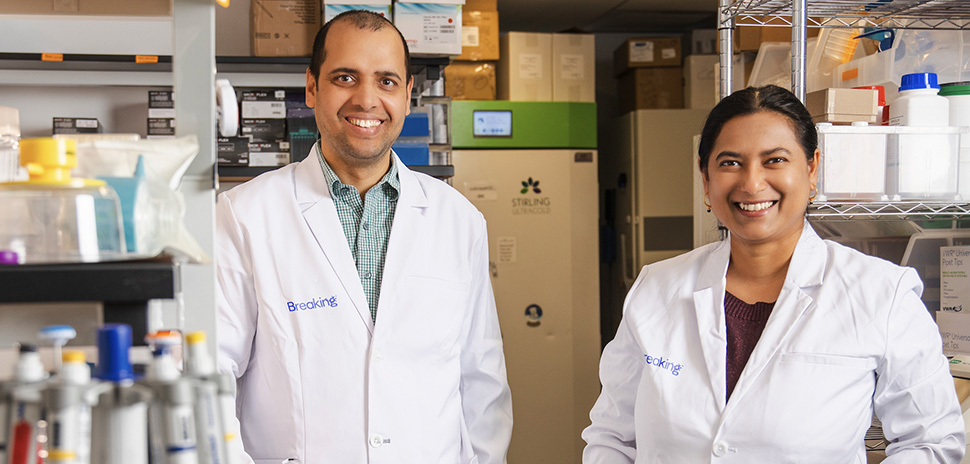Thomas Grimes is Verizon Wireless’ national account manager for Smart City Solutions in the state of Texas. He is responsible for designing and implementing Verizon’s Internet of Things (IoT) strategy in government agencies throughout the state, including in Dallas-Fort Worth. Below, we ask him what, exactly, is the Internet of Things and how it’s being implemented.
What is your role at Verizon and what exactly does it entail?
I am the national account manager for Smart City Technology in the State of Texas. I am responsible for designing and implementing Verizon’s Internet of Things (IoT) strategy in government agencies throughout the state, including in Dallas-Fort Worth, Austin, San Antonio, Corpus Christi, and North Texas metropolitan areas. Our goal is to use wireless technology to interconnect cities and replace aging legacy infrastructures. This entails planning, design, implementation, and continued evolution of wireless technology.
In very basic terms, describe the Internet of Things technology.
The Internet of Things, or IoT, philosophy is simply this: devices communicating without human interaction. IoT attempts to maximize applications and services running from a single access point. Think about how phones have evolved in the last 10 years: from flip phones that provide voice communication, we then moved to phones that can talk and text. From talk and text devices, we evolved into smartphones that talk, text, and web-browse via 3G. Today, we have phones that can stream data, make video calls, run hundreds of applications, and allow other devices to tether and gain internet access from their connections.
The Internet of Things, or IoT, philosophy is simply this: devices communicating without human interaction.
IoT is the same structure but done through non-traditional wireless access points. For example, there are traffic signals that can incorporate on-demand video with predictive analytics to detect public safety vehicles and preempt red lights, or street lights that provide Wi-Fi access and serve as weather and road sensors. These are all Internet access points that can be placed anywhere and run multiple services and applications off of them with clean energy and at a fraction of the cost from traditional communication.
As an expert in IoT, what are some trends you see in this space?
We are beginning to see cities attempt to un-silo their departments. Many cities’ departments and their systems do not communicate with one another. Municipalities, transportation agencies, and utilities want to remove that barrier. Imagine if, as a driver, you were alerted of any accident 15 miles down the highway. With that alert, you are provided new directions so that you can arrive at your destination in the same expected time.
IoT at the government level can provide solutions like that but on a multi-department scale. Same traffic accident, instead of alerting one driver, all of public works, public safety, and first responders are alerted and given new directions. Passengers waiting for public transportation are notified and are given new transit options and routes. Police are able to determine a new path to respond to the accident and nearby police officers are immediately re-routed and re-assigned based on this data. This is one example of what cities are beginning to explore—interconnect their departments and enable their systems to proactively respond and interpret data.
What are some of the benefits cities can see by incorporating IoT into their operations?
When a city makes the decision to begin implementing IoT, they are making the decision to better the lives of their citizens by moving forward with technology. IoT solutions enable more efficient use of resources, create safer municipalities, and promote urban renewal.
When a city makes the decision to begin implementing IoT, they are making the decision to better the lives of their citizens by moving forward with technology.
All of this can attract businesses, residents, and workers. In a safer, connected environment, more people are out exploring the city. This leads to growth for hospitality, tourism, and additional business sectors, contributing to overall continued population, business, and property value growth.
Based on your observations, what is the adoption rate for IoT right now?
In the United States, the adoption is very slow. Progressive city managers, mayors, and councils are beginning to embrace IoT and working with their partners to design a plan and execute that plan. Cities that do not embrace IoT will begin to lose existing businesses and residents to more technologically advanced cities, and will face major challenges ramping up when they eventually do decide to move to an established IoT platform.
Outside of local government, what other sectors can implement IoT, and in what ways?
Healthcare and education are two verticals that have embraced and begun implementing IoT. With outpatient healthcare, connected solutions allow for tracking patients’ heath in real time and providing the coaching necessary for continued treatment. For example, diabetes is a big concern in outpatient care. Being able to track and monitor a patient’s activity and nutrition is one example of how IoT can provide a major benefit.
In education, we are seeing schools extend the classroom to the school bus. Wi-Fi enabled school buses create “rolling study halls” that allow teachers and students to extend the classroom, so students are utilizing the time on the bus to complete school work. On top of the Wi-Fi enabled school buses, parents can monitor their children’s location. Safety and protection of the students and drivers are linked to IoT.
For a daily dose of what’s new and next in Dallas-Fort Worth innovation, subscribe to our Dallas Innovates e-newsletter.












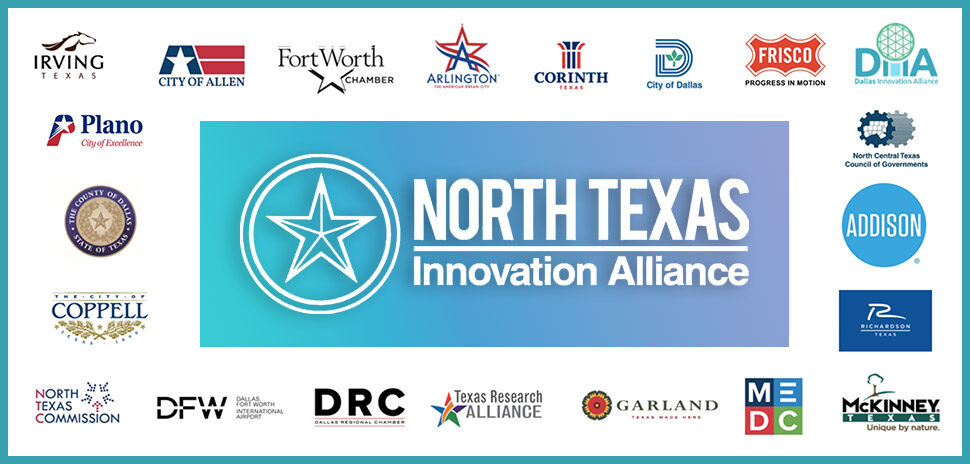
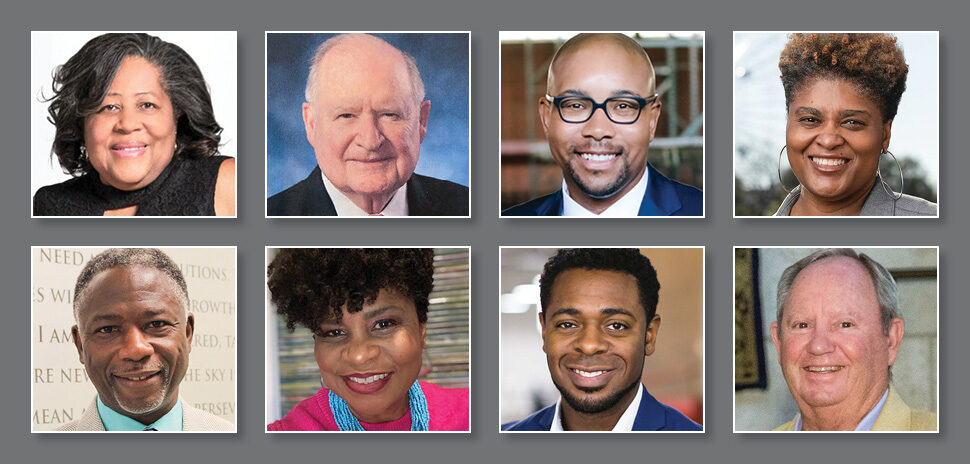
![Chakri Gottemukkala, co-founder and CEO, o9 Solutions, Inc. [Photo: Business Wire]](https://s24806.pcdn.co/wp-content/uploads/2022/01/Chakri-Gottemukkala-970x464.jpg)
